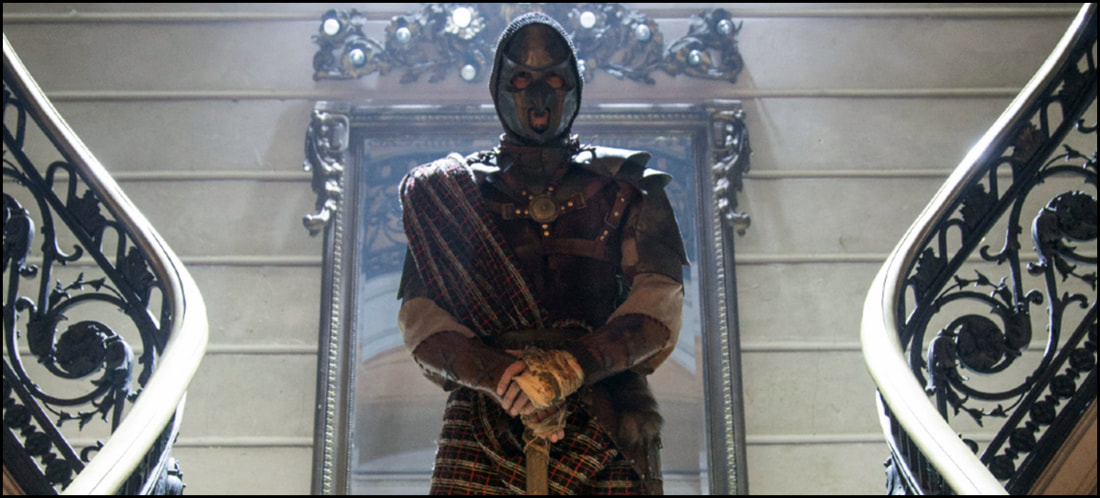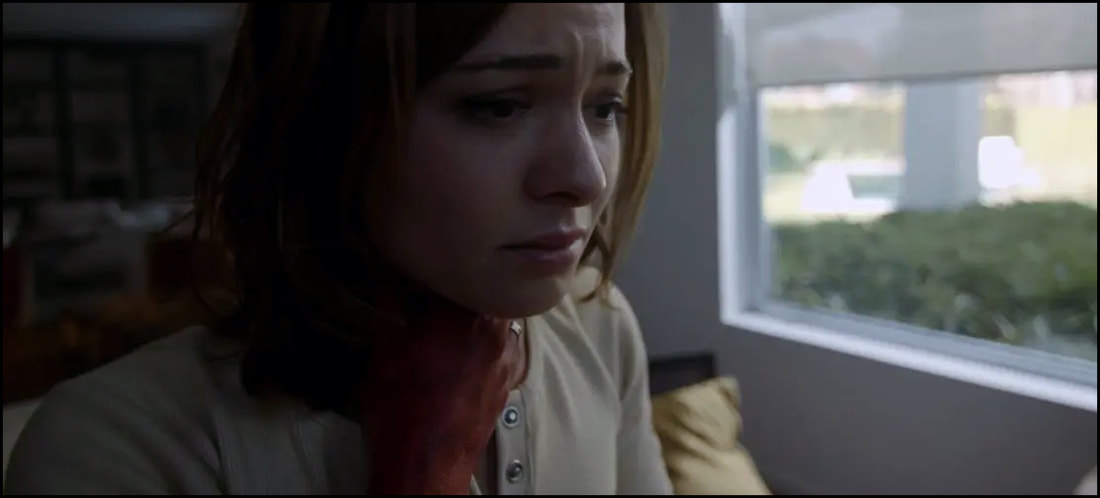For example, Fantasy films historically were much frowned upon by Hollywood and much of the viewing audiences throughout the 1960’s and 1970’s. One could make the case that it wasn’t until high profile director John Milius paired up with budding screenwriter Oliver Stone in the 1980’s to bring the Arnold Schwarzenegger break-out hit Conan The Barbarian to theaters that true Fantasy was shown as the potential moneymaker it became for a time. Sadly, all of the goodwill that flick established was largely wasted when the new franchise followed it up with the Richard Fleischer directed Conan The Destroyer (1984), pretty much setting the genre back to where it was before ‘the muscles from Brussels’ first suited up as the Robert E. Howard legend.
This isn’t in any way to suggest that there still weren’t some grand cinematic adventures brought to life in the intervening years; there were, but alas it really wasn’t until Peter Jackson and New Line Cinema truly risked it all in their adaptation of J.R.R. Tolkien’s The Lord Of The Rings Trilogy for modern audiences and returned epic Fantasy to its place at the box office. Sadly, I’m of the contingent who feels Jackson and company also largely wasted their earned goodwill as well when he tried to create the same epic scope with his trilogy involving Tolkien’s The Hobbit. The resulting three-picture slog felt like a mis-directed cash grab, but – at the end of the day – it is what it is.
Still, filmmakers who traffic in genre properties are prone to bite off more than they can chew especially when they try to deliver something that goes beyond Science Fiction or Fantasy or Horror’s normal boundaries. At some point – especially when it comes to films of fright – storytellers have truly sought to add a bit of depth by going ‘meta;’ it’s no longer enough to merely thrill and chill the audiences when pushing the envelope allows for an almost existential commentary on the whole experience of what used to be simply being entertained between the opening and closing credits. Now, directors want scripts that go bigger, reach broader, and emphasize boldness, even though all most viewers want is cool idea and a respectable body count.
When capturing thrills, chills, and spills are no longer sufficient, then you get a little something like Virtual Reality, a 2021 release that tries to raise the stakes by asking audiences to suspense their disbelief much more usual by playing on our collective fears of what an invasive artificial intelligence might do if it took control of our very fates.
From the product packaging:
“A film director agrees to a dark pact to make his career take off. When he summons the cast and crew to his house for a first-cut screening, they will have to survive a reality they never saw coming.”
While I think we’ve all likely watched one of those ‘film within a film’ stories, I’ll still give Virtual Reality some extra kudos for trying to do something just a wee bit different with it. This Spanish-language carnival ride starts out by looking suspiciously very much like the last Horror picture you likely watched on home video; thankfully, it isn’t all that long before the curtain pulls back, a director calls cut, and viewers learn that the real feature film is just starting. It doesn’t involve those all-too-predictable types – a young boy and his babysitter’s hide-and-seek antics are interrupted by a menacing killer with a battle-axe – but instead focuses on the cast and crew putting the finishing touches on their latest and greatest independent feature. Now that it’s finally “in the can,” all that’s left is to gather at the director’s nearby posh home and take a gander at what they’ve achieved … and this is where reality becomes a bit more virtual, if you catch my drift.
In order to amp up the screen bloodlust, the director and producer have made an agreement to use an Artificial Intelligence that can interface with the shot footage, recreate the involved characters along with the designed sets, and augment the film with greater and greater scares. But the problem with selling one’s soul to the Devil – especially in the entertainment industry – is that the Prince of Darkness usually wants more than your willing participation: as fate would have it, this A.I. possesses the ability to interface with reality, meaning that if your character dies on film then the actor or actress playing also suffers the same demise … with equal amounts of pain, torture, and bloodshed.
So … the short skinny on Virtual Reality is that – if you accept in this kind of fantastic technology being possible in the slightest – then the film makes perfect sense. Should you not? Well, not every film is made for you and me, you know.
As for the long skinny?
While it’s an occasionally clever idea, Findling’s tale never quite reaches for anything more than the obvious comedy of it. (Don’t get me wrong: there’s plenty of blood, which most fans show up expecting.) Those who bear with the project until the big finish will come to accept that it’s really little more than what filmmaker Alfred Hitchcock dubbed ‘the MacGuffin,’ a basic premise around which all characters of a script come together. (And – for the record – there’s absolutely nothing wrong with that.) At times, this A.I. appears to be under some master craftsman’s control, while at other points it truly seems to have that artificial mind of its own. A stronger script would’ve been required to ultimately make sense of why these two worlds are tied so closely together, but that’s usually not what Horror does extremely well. Instead, this is intended as a ‘scare factory,’ and it works relatively well on that front.
If there are any shortcomings to Virtual Reality (beyond the basic premise), then I’d have to point out that – given what’s taking place – the script requires a great amount of set-up. To a degree, that makes sense – the more complicated the scenario, the longer it takes to reach the right ‘jumping off’ point – and I can’t help but wonder if a tighter cut would’ve served the project better. Much of this feels like an episode of The Twilight Zone, that wonderful Rod Serling concept that works best at 30 or 60 minutes maximum. At just under ninety minutes, this Reality took about thirty minutes to really get to the main course wherein the audience clearly understands what’s going on; and there are a few scenes here and there in that accompanying set-up that just didn’t serve the overall narrative, meaning they could’ve easily been trimmed. (I suspect all involved were hoping for a ninety-minute feature, so some of these sequences could’ve been padding.)
As for the players?
Meh.
I rarely pick on the screen talent because they can only work with the material that’s been provided; and – in their defense – an awful lot of both worlds in bloody conflict within this Reality require sticking to Horror’s formula in order to be successful. By design, the people in the flick are largely the same kind of stereotypical young and/or naïve simpletons required to make some of Horror’s complexities work on the level that they do. As the implied main character, Vanesa Gonzalez (as Guadalupe) makes the most of serving as second fiddle in both realms; the script posits her as the story’s ‘heart of gold’ underdog, and the actress definitely hit her marks when the narrative required it.
Recommended.
Trust me when I say that it isn’t always easy to define a Horror release these days when it tries to stretch beyond the typical conventions, and Virtual Reality earns a bit of extra respect for – at the very least – trying to bring something a bit fresh technologically to what could otherwise be little more than a routine thriller killer. Still, I’d encourage viewers to not think too deeply about its SciFi construct for fear that – should you do so – you’ll truly ruin the mildly vicarious ride that the cast and crew put together for mass consumption. Performances work well enough – they’re not perfect – but we’ve seen some of these ‘meta moments’ before, though with slightly different assembly.
(POST SCRIPT: A word of advice to those who do decide to take this wild ride … there’s an after credits scene you might not want to miss. I think it truly shows just how far the creator wanted his viewers to question reality. While it isn’t all that different from the story’s true finale, it does underscore the message of this particular ball of yarn.)
In the interests of fairness, I’m pleased to disclose that the fine folks at Art Exploitation Films and Kino Lorber provided me with a complimentary Blu-ray of Virtual Reality (2021) by request for the expressed purposes of completing this review; and their contribution to me in no way, shape, or form influenced my opinion of it.
-- EZ





 RSS Feed
RSS Feed